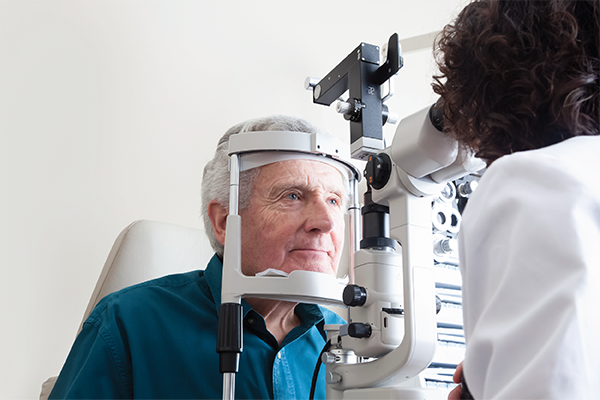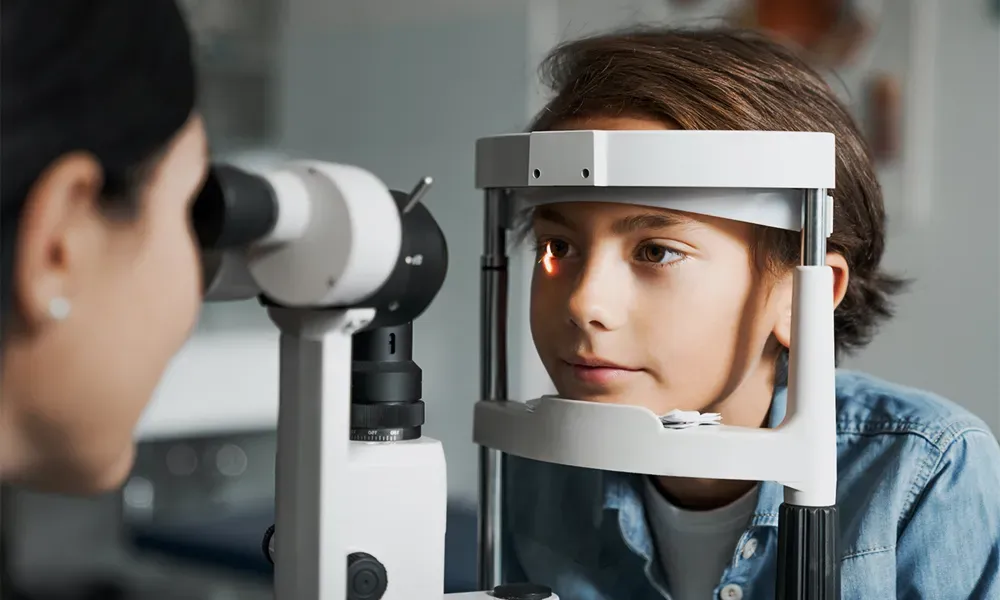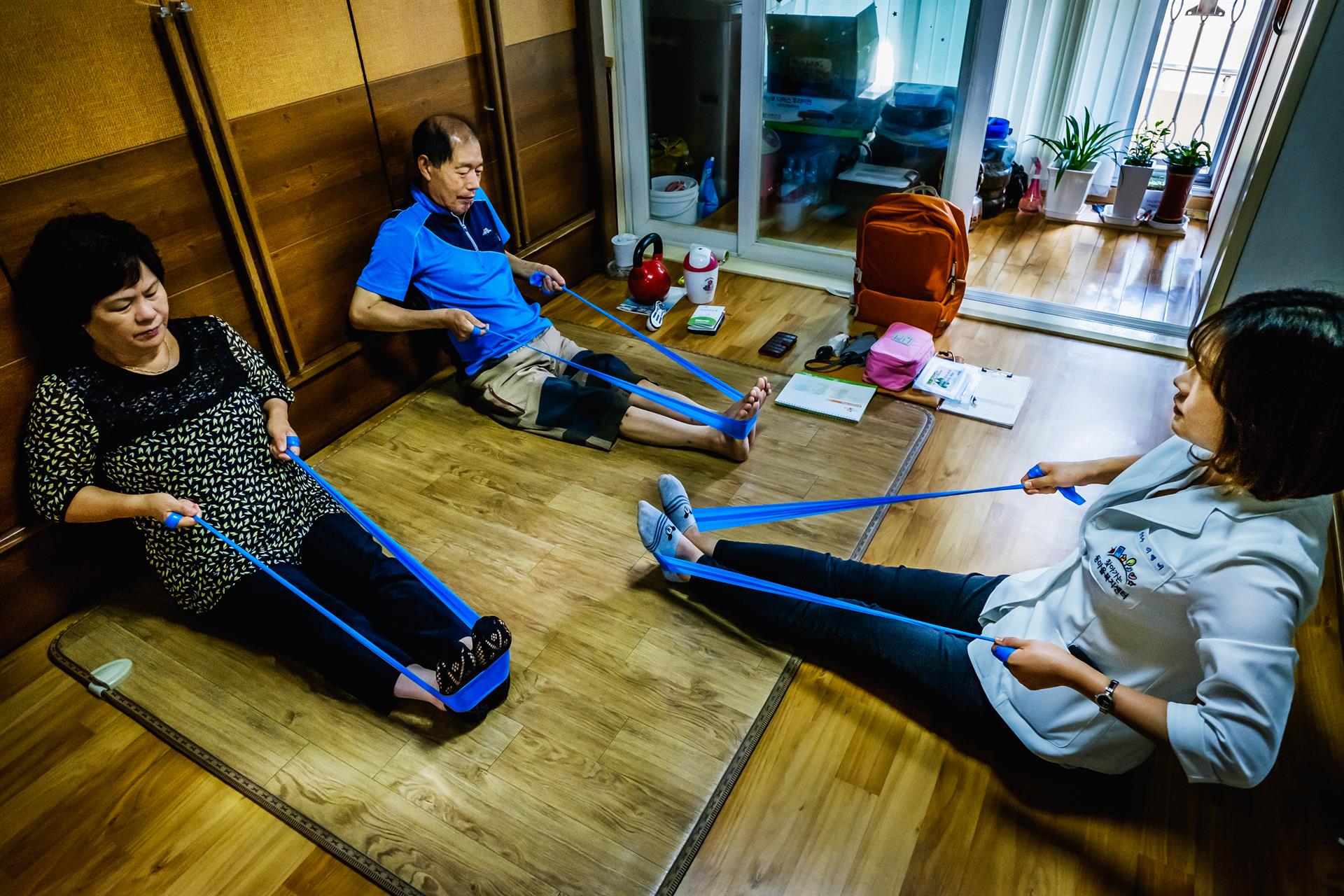“Glaucoma, a foe we cannot see. Our eyes, our precious windows to the world, face an unrelenting enemy. This enemy takes no prisoners. It creeps in, silent and invisible. It blurs our vision, dims our sight, and if left unchecked, it can plunge us into darkness. Optometrists stand on the front lines in battle against this formidable adversary. From the bustling streets of New York to Beverly Hills dry eyes, they wage a ceaseless war to safeguard our sight.”
Our eyes are like soldiers. They must endure harsh elements, from environmental factors to diseases. One of the most common and deadliest enemies is glaucoma. It is a silent invader. Many are not even aware they have it until their vision starts to fail. This is where optometrists step in.
Optometrists are like our defensive line. They protect against the onset of glaucoma. They use specialized tools to detect early signs. This early detection is crucial in the fight against glaucoma. Without it, our vision could be lost forever.
The Role of Optometrists
Optometrists play an integral role in preserving eye health. They provide routine eye exams, offer corrective lenses, and diagnose and treat various eye conditions. Glaucoma is among these conditions. They are one of the first lines of defense in detecting glaucoma, often spotting it before symptoms even begin.
Understanding Glaucoma
Glaucoma is a group of eye conditions that damage the optic nerve. This nerve is crucial for good vision. Damage is often caused by abnormally high pressure in your eye. There are several types of glaucoma, but the most common is open-angle glaucoma. Its progression is slow, and there is often no pain associated with it. This makes it particularly dangerous, as many do not realize they have it until significant vision loss has occurred.

Glaucoma Treatment
Treatment for glaucoma often begins with prescribed eye drops. These are designed to reduce eye pressure, slowing the progression of the disease. In some cases, surgery may be required. Current treatments are effective at managing glaucoma but cannot reverse damage already done. This underscores the importance of regular eye checks and early detection.
A Comparison Table of Glaucoma Types
| Type of Glaucoma | Symptoms | Treatment |
| Open-angle Glaucoma | No early symptoms. Gradual loss of peripheral vision, usually in both eyes, and tunnel vision in the advanced stages. | Eye drops, laser treatment, surgery. |
| Angle-closure Glaucoma | Eye pain, nausea and vomiting, sudden onset of visual disturbance, often in low light, blurred vision, halos around lights. | Laser treatment, surgery. |
| Normal-tension Glaucoma | Progressive optic nerve damage, loss of side vision. | Eye drops, laser treatment, surgery. |
Optometrists stand as the vanguard, our shield against the unseen enemy that is glaucoma. Regular eye checks are more than a routine visit – they are a lifeline. They offer a chance to catch glaucoma before it steals our sight. From the crowded avenues of New York to the dry eyes of Beverly Hills, the battle rages on, and our optometrists are leading the charge.





